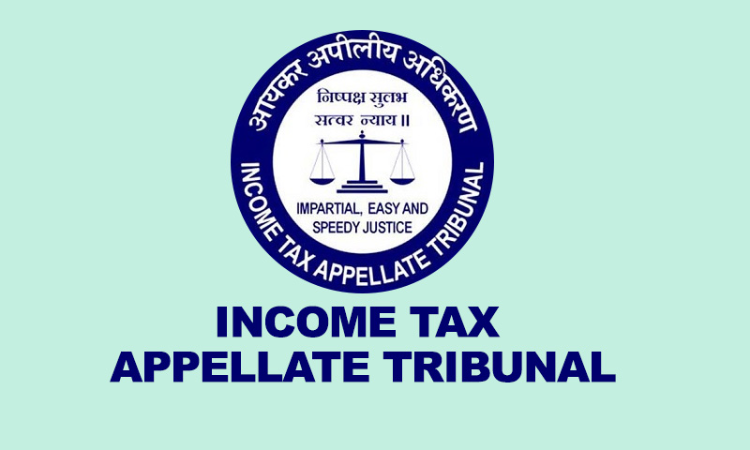The Pune Bench of the Income Tax Appellate Tribunal (ITAT) has held that for availing the benefit of deduction under section 54F, the new asset shall be purchased in the name of the assessee.The two-member bench of S.S.Godara (Judicial Member) and Dipak P. Ripote (Accountant Member) has observed that section 54F does not say that the assessee shall invest in the new house, but it says...

